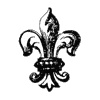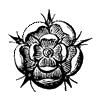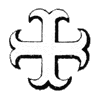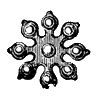| ND Home > ND Libraries > Spec. Coll. > Digital > Heraldry > Blazoning > Cadency |
 |
|
Cadency marks, also referred to as distinctions, differences, or marks of cadency, are used in heraldry to indicate by its addition to an armorial the birth order of a male heir. The cadency mark has been traditionally used to differentiate between different branches of a family which bear the same arms. While the use of cadency marks does at times occur in Continental European heraldry, it is much more often found in British heraldry (i.e., English, Scottish, Irish, or Welsh).
Although the emblems given here are the most common cadency marks, they are not the only way in which generations and branches of families have been distinguished from each other. The bordure has been used as a cadency mark in both Scotland and England. In England the bordure as a difference only indicated that the bearer of the arms was not the head of the family. However, in Scotland the lines of partition are used to indicate birth order, much as the emblems below are used in English arms.
|
label eldest son
(during |
crescent second son |
molet third son |
martlet fourth son |
annulet fifth son |
||||||||
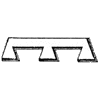 |
 |
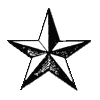 |
 |
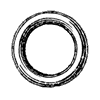 |
||||||||
|
|
||||||||||||
|
||||||||||||

 |
|||
|
|
Copyright © 2005
| Dept. of Special Collections University of Notre Dame 102 Hesburgh Library Notre Dame, Indiana 46556 |
Telephone: 574-631-0290 Fax: 574-631-6308 E-mail the Department |
Page content last modified
09 August 2000 |
